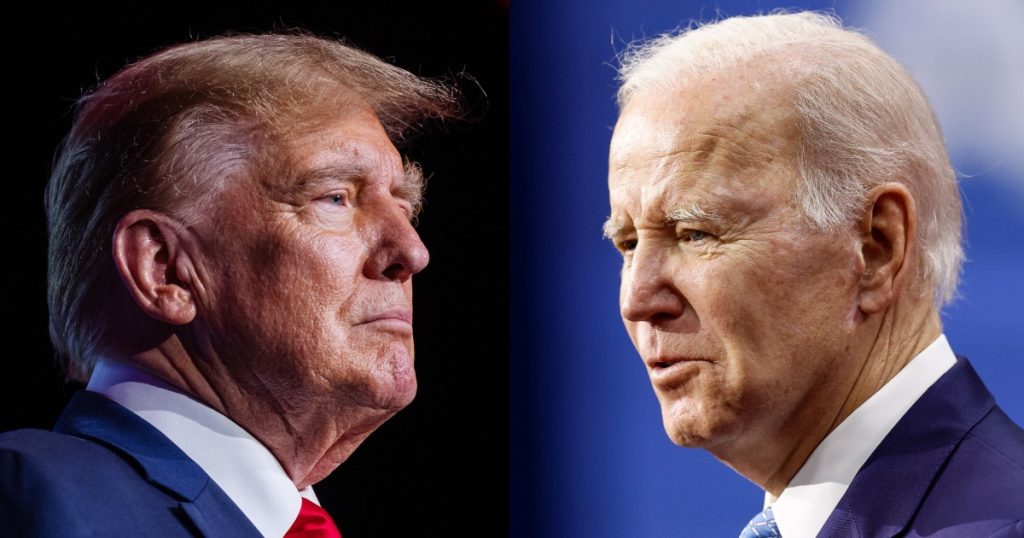The state of the 2024 election is uncertain, with two possible scenarios being debated amongst political analysts. One scenario suggests that President Joe Biden is in a close race with former President Donald Trump, while the other scenario indicates that Biden may be trailing by a larger margin than the national polls suggest. This uncertainty largely depends on whether Trump and the Republicans have maintained the advantage in the Electoral College that they held in the last two presidential elections.
Historically, the Electoral College has shown bias towards the Republican Party, with tipping point states closely tracking the popular vote. However, in the Trump era, this bias grew, with Trump’s performance among white working-class voters in the Midwest and Rust Belt states contributing to his Electoral College victory in 2016. Additionally, Democrats’ overperformance in non-tipping point states like California and New York further skewed the Electoral College in favor of Republicans. As a result, Trump won the presidency in 2016 despite losing the popular vote.
Conversely, there is a school of thought that believes the GOP’s Electoral College advantage may be diminishing. Recent polling data suggests that Trump is making gains with Black and Latino voters, potentially reducing the pro-GOP bias in the Electoral College. Analysts argue that if Trump continues to improve his margins among certain demographics, the Electoral College edge may not be as pronounced as it was in previous elections. This shift could result in a closer matchup between the national popular vote and the decisive tipping point states.
Current polling data shows a competitive race between Biden and Trump nationally, with Trump holding a slight edge in some of the top battleground states. While the national polls indicate a tie between the two candidates, Trump has maintained a small lead in key swing states. However, the margin of error in these polls complicates the interpretation, making it difficult to determine the actual standing of the candidates. Despite Trump’s lead in some battleground states, others like Pennsylvania and Wisconsin show little to no pro-GOP bias, hinting at a potential shift in the electoral landscape for the 2024 election.
The upcoming election may witness a continuation of trends seen in previous elections, with Trump appealing to white working-class voters and Biden overperforming in solidly Democratic states like California and New York. However, recent data suggesting Trump’s improvement with diverse voters and Democratic gains in traditionally Republican states raise questions about the future Electoral College advantage. Ultimately, the outcome of the 2024 election will depend on a complex interplay of demographics, polling data, and campaign strategies, making it a closely watched and highly anticipated event in political circles.


